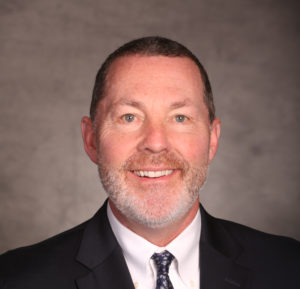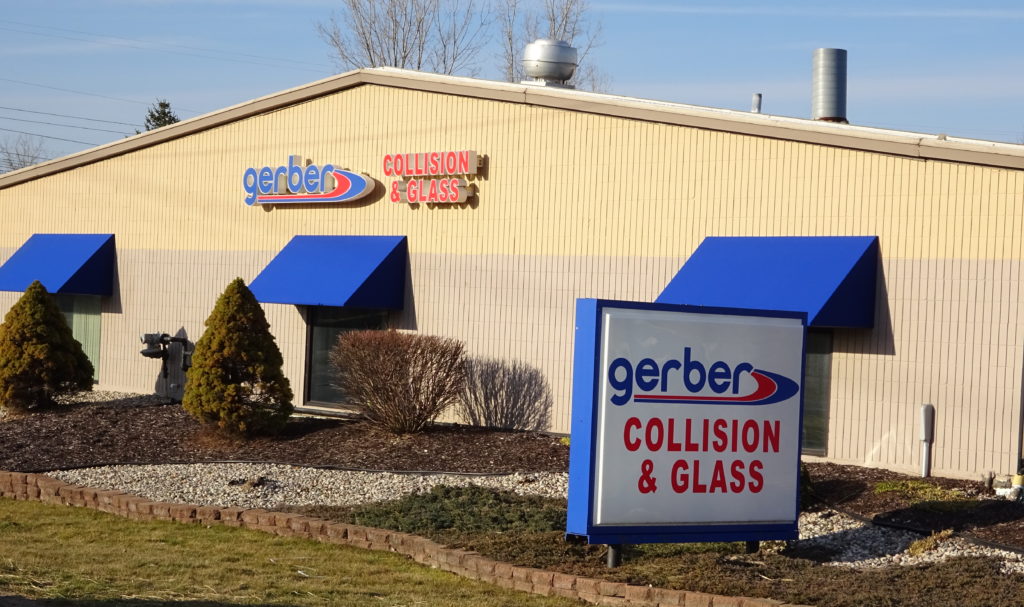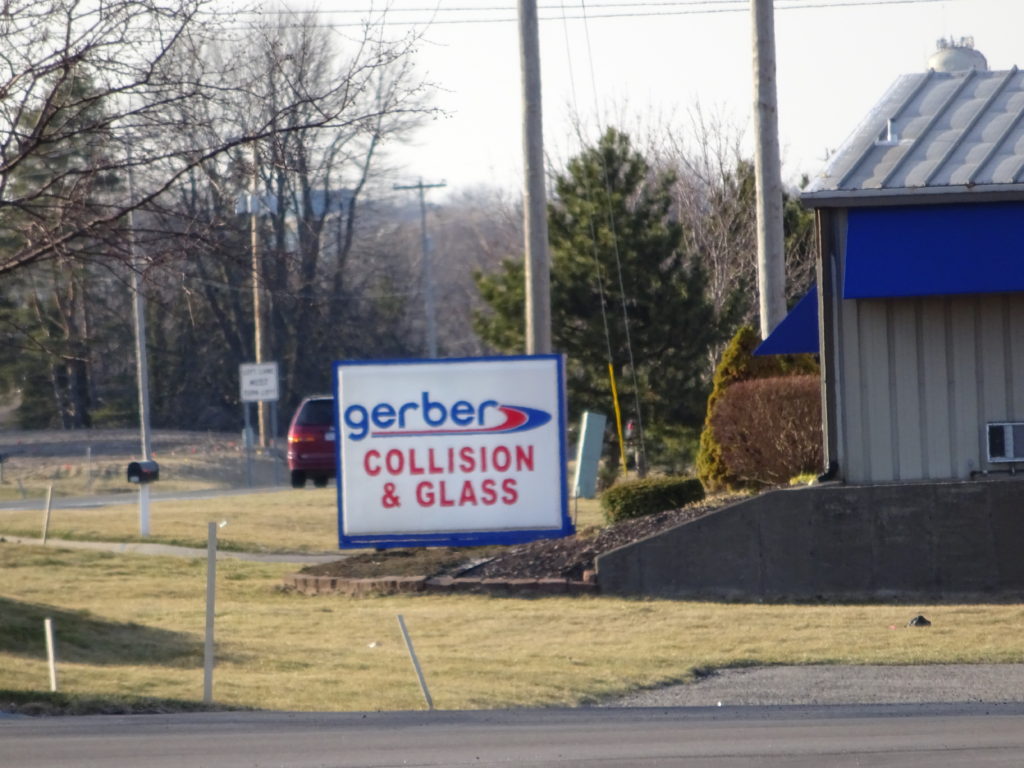
Boyd: Sales down less than 40% so far in Q2, staff returns ‘in select markets’
By onAnnouncements | Business Practices | Market Trends | Repair Operations
After witnessing the COVID-19 coronavirus response cut demand 40-50 percent at the end of last quarter, Gerber’s parent company on Wednesday reported year-over-year sales had stabilized to be “down slightly less” than 40 percent in April and this month.
“In select markets, we’ve begun to recall some of our laid-off team members,” Boyd Group Services CEO Tim O’Day said on an earnings call Wednesday.
The Boyd Group’s interests span the U.S. and Canada and include Gerber, Boyd Autobody, Assured Automotive, Glass America and Gerber National Claim Services. More than 80 percent of its employees and at least 80 percent of its income are tied to the U.S., which means repairers can probably use its earnings discussion as a barometer of the American market and for perspective on Gerber.
Boyd had responded to the sales decline last quarter with “staffing reductions, salary and other compensation adjustments, lease payment deferrals, reductions to other variable expenses, restrictions on capital expenditures, and pausing on closing and funding of acquisitions,” according to the company’s quarterly report. Boyd also tapped its credit and issued more than a million shares of stock; the company has more than $1 billion on hand or available from lenders. (All dollar values are in CAD unless otherwise specified.)
O’Day said April sales were buoyed by the company’s ability to draw down on a month of work in progress. (However, O’Day said the company’s WIP isn’t typically measured in months. “It’s measured in weeks, or even days,” he said.)
“Very recently, we are seeing new demand” meaning similar sales behavior so far in May, he said.
Boyd had been plagued by the collision industry tech shortage prior to the pandemic, but for now, it has plenty of staff for its work, according to O’Day.
“We don’t have a recruitment need right now,” he said.
Asked if Boyd’s workforce had agreed to return, O’Day said, “I haven’t studied that.” However, he said there’s been no issues with the recalls that have happened.
“Given the employment situation, I’m hopeful that it won’t be an issue,” O’Day said. He said he was looking forward to being able to reinstate many of the laid-off employees “when the time is right.”
Scaling
O’Day said the company can scale up or down in response to demand, and it had a “scalable reopening plan.”
The company resized to the level of the work available, O’Day said. It knows which areas are seeing activity variances and thinks it can quickly scale up appropriately, he said.
Chief Financial Officer Pat Pathipati said restarting collision repair wasn’t like restarting a manufacturing operation. “Ours is relatively easy,” he said, calling it a “very scalable model.”
It can even be scaled market-by-market, Executive Chairman and former CEO Brock Bulbuck noted: Boyd could reduce operations in one area while scaling up in another market.
Boyd hasn’t closed any locations, according to O’Day. However, it reacted to the COVID-19 downturn by converting some auto body shops to even more intake facilities, which allowed it to cut costs, consolidate services and maximize productivity. These unofficial intake centers aren’t part of the 34 regular intake sites in Canada and 19 locations in the U.S.
O’Day said consolidated production yielded “reasonable levels of shop efficiency.” As demand returned, Boyd would consider when to flip these impromptu intake centers back to production shops and load them to gain scale, he said. He said efficiency should recover over a matter of weeks.
Asked if using more intake centers and switching to larger facilities made more sense from a fixed-cost basis, O’Day called it a good question. Boyd has increased its intake center count and feels they’re beneficial to customers and insurers, and the COVID-19 response might validate that model further, he said.
Asked if the Boyd Group could see an increase in demand over pre-pandemic levels following the COVID-19 recovery, O’Day said, “I think it’s too early to know that with any certainty.”
Boyd might also reconsider its halt in capital spending if things improve. Pre-pandemic, the company had planned to spend 1.6-1.8 percent of sales on capital items unrelated to buying new locations.
“The pause will be re-evaluated” as the company developed a better sense of the COVID-19 economic impact, according to O’Day. “Critical and high-value investments may be funded,” he said.
Financial stats
Boyd did $628.4 million in sales between January-March, up 12.6 percent thanks in part to $75.4 million from sites it didn’t own a year ago.
However, Boyd’s same-store sales fell 1.5 percent in the first quarter, and they’re down 3.1 percent year-over-year if figures are adjusted for 2020’s extra selling and production day. Boyd estimates COVID-19 meant about 4 percentage points of same-store sales decline, about $21 million, during the quarter.
Gross margin fell to 44.8 percent, compared to 45.3 percent in the first quarter of 2019.
“The gross margin percentage decrease is primarily due to fluctuations in DRP pricing, as well as lower parts and labor margins, partially offset by a favorable mix of labor sales in relation to parts,” O’Day said.
Operating expenses rose to 31.8 percent of sales, up 0.5 percentage points from 2019. O’Day said this increase mostly could be tied to negative same-store sales up against fixed operating costs.
“Notwithstanding the actions taken by Boyd, with significant fixed costs and personnel costs, the current level of sales will make it challenging for the Company to consistently achieve more than modest levels of Adjusted (earnings before interest, taxes, depreciation and amortization) in a given period,” Boyd wrote in its quarterly report.
O’Day explained Boyd can adjust fixed costs to a point if sales fluctuate, but it can’t completely eliminate the impact of a sales decline. It’s harder to consistently deliver positive EBITDA, he said.
Bulbuck said that the current sales level might produce modest EBITDA, but the level is low enough that it wouldn’t take much of the usual natural expense variation “to tip the scales and go the other way.”
Pathipati said fixed costs before financial reporting rules on leases changed (leases are now treated as liabilities under Boyd’s accounting rules) were at 36 percent of Boyd’s sales, with about 8-10 percent occupancy costs like rent, maintenance and taxes. “That’s pretty much fixed,” he said. Other costs are more flexible, he indicated.
More information:
“Boyd Group Services Inc. Reports First Quarter 2020 Results”
Boyd Group, May 13, 2020
Boyd Group first-quarter 2020 earnings call
Boyd Group, May 13, 2020
Boyd Group first-quarter report
Boyd Group, May 13, 2020
Images:
Boyd Group Services CEO Tim O’Day. (Provided by Boyd Group)
A Gerber location in Grand Rapids, Mich., is shown. (John Huetter/Repairer Driven News)
A Gerber location in Grand Rapids, Mich., is shown. (John Huetter/Repairer Driven News)


